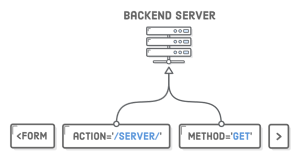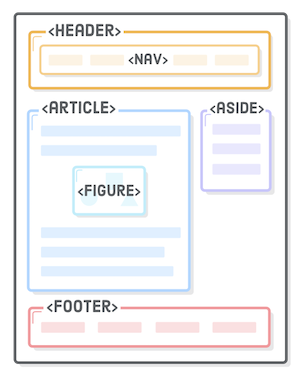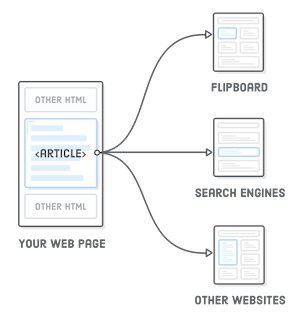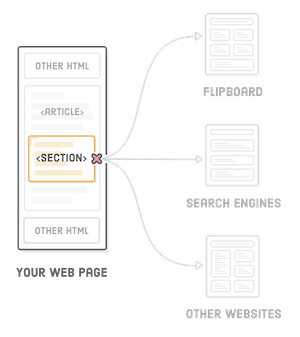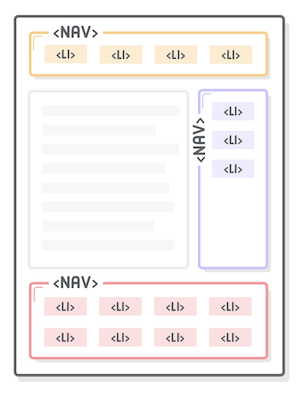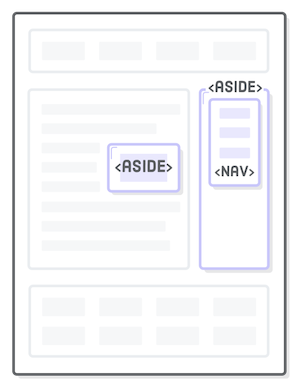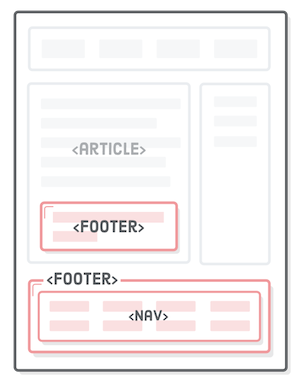本篇我们将介绍图片,超链接,列表表格以及表单等元素。
img 元素(Image) img 标记可以定义一个插入到页面的图片。
src 属性用来标识图片资源位置,可以是相对路径,也可以是绝对路径
alt 属性用来标识图片加载失败时显示的文本内容
img 还有 width 和 height 属性来表示图片的宽高,但通常我们不使用这两个属性来更改图片尺寸,只是起到页面内占位的作用。注意区分下面 4 种写法的异同
<img src ="https://example.com/a.jpg" alt ="a" > <img src ="img/a.jpg" alt ="a" > <img src ="/img/a.jpg" alt ="a" > <img src ="//abc.com/img/a.jpg" alt ="a" >
a 元素(anchor) a 标记的作用是设置链接,既可以用于文档外链接,也可以用于文档内导航。
href 属性用于标识链接位置,可以是相对路径,也可以是绝对路径。
target 属性用于指定打开帧的状态,有四个值:
_blank,新窗口打开
_parent,父窗口打开
_self,自窗口打开(default)
_top,顶层窗口打开
文档外链接 <a href ="https://github.com/1ess" > github</a > <a href ="/demo/index.html" target ="_blank" > demo</a > <a href ="mailto://xxx@gmail.com" > email me</a >
文档内导航 <a href ="#faq" > 常见问题</a > <a href ="#" > 回顶部</a > <a href ="http://abc.com/course/abc#faq" > 常见问题</a >
列表元素 列表元素用来表示线性数据结构,如一组数据内容,导航栏的各个子项等。
无序列表 ul(Unordered list) <ul > <li > Item 1</li > <li > Item 2</li > </ul >
有序列表 ol(Ordered list) 常用属性:
start: 制定第一个元素的序号
reversed: 布尔属性,倒序显示
type: 列表标记样式(1,a,A,I)
<ol start ="3" type ="a" > <li > Item 1</li > <li > Item 2</li > </ol >
注意: ol 与 ul 默认上下外边距 1em,左内边距 40px。
定义列表 dl(Definition list) 定义列表用于名词解释。
dl(Definition list)
dt(Definition term)
dd(Definition description)
<dl > <dt > html</dt > <dd > 网页文档根要素</dd > <dt > head</dt > <dd > 网页头部信息描述区域</dd > <dt > body</dt > <dd > 网页具体内容部分</dd > </dl >
table 元素(Table) table 元素用来表示二维数据结构。
table
caption
tr: table row
th: table head
td: table data
thead
tbody
tfoot
<table > <caption > 成绩</caption > <thead > <tr > <th > 姓名</th > <th > 语文</th > <th > 数学</th > <th > 英语</th > </tr > </thead > <tbody > <tr > <td > 张三</td > <td > 100</td > <td > 99</td > <td > 98</td > </tr > <tr > <td > 李四</td > <td > 100</td > <td > 99</td > <td > 98</td > </tr > <tr > <td > 王五</td > <td > 100</td > <td > 99</td > <td > 98</td > </tr > </tbody > </table >
容器元素 div 元素(Block container) <div lang ="ja" class ="japanese-part" > </div >
span 元素(Inline container) <p > I Love<span class ="love-person" > U</span > </p >
Block 和 Inline 的区别我们在 CSS 在具体讲解。
form 元素为用户输入创建表单,用于向服务器提交数据。
action: 对应的服务器脚本
method: 提交的 HTTP 请求方法
enctype: 编码方式 content-type
<form action ="/index.do" method ="POST" enctype ="multipart/form-data" > <label for ="name" > name: <input type ="text" id ="name" name ="user" > </label > <br > <label for ="password" > password: <input type ="password" id ="password" name ="password" > </label > <br > <label for ="bike" > Bike <input type ="checkbox" id ="bike" name ="bike" > </label > <label for ="car" > Car <input type ="checkbox" id ="car" name ="car" > </label > <br > <label for ="male" > Male <input type ="radio" name ="Sex" id ="male" checked > </label > <label for ="female" > Female <input type ="radio" name ="Sex" id ="female" > </label > <br > <select name ="cars" id ="cars" > <option value ="volvo" > Volvo</option > <option value ="fiat" > Fiat</option > <option value ="audi" > Audi</option > </select > <br > <textarea name ="cat" id ="cat" cols ="30" rows ="10" > The cat was playing in the garden.</textarea > <br > <input type ="button" value ="Hello world!" > <br > <input type ="submit" value ="Hello world!" > <br > </form >
语义化元素
main 元素
article 元素
section 元素
nav 元素
aside 元素
header 元素
footer 元素
main 元素(Main) main 标记描述文章的主要内容。
<body > <main role ="main" > <article > <h1 > 文章标题</h1 > <p > 文章内容</p > </article > </main > </body >
article 元素(Article) article 元素表示网页独立内容区域。
<article > <h1 > First Post</h1 > <p > Some content</p > </article > <article > <h1 > Second Post</h1 > <p > Some more content</p > <h2 > Subsection</h2 > <p > Some details</p > </article > <article > <h1 > Last Post</h1 > <p > Final bit of content</p > </article >
section 元素(Section) section 元素表示文章段落部分。与 article 元素配合使用。
<section > <h2 > The Document Outline</h2 > <p > HTML5 includes several "sectioning content" elements that affect the document outline.</p > <h3 > Headers</h3 > <p > The<code > < header> </code > element is one such sectioning element.</p > <h3 > Footers</h3 > <p > And so is the<code > < footer> </code > element.</p > </section > <section > <h2 > Inline Semantic HTML</h2 > <p > The<code > < time> </code > element is semantic, but it's not sectioning content.</p > </section >
nav 元素(Navigation) 用于页面导航,如页面导航条。
<h1 > Interneting Is Easy!</h1 > <nav > <ul > <li > <a href ='#' > Home</a > </li > <li > <a href ='#' > About</a > </li > <li > <a href ='#' > Blog</a > </li > <li > <a href ='#' > Sign Up</a > </li > </ul > </nav >
aside 元素(Aside) 用于页面附加性内容。
<aside > <h3 > 解释</h3 > <p > 解释文字</p > </aside >
header 标记用于文章或区块头部。
文章头部 <article > <header > <h1 > Semantic HTML</h1 > <p > By Troy McClure. Published January 3rd</p > </header > <p > This is an example web page explaining HTML5 semantic markup.</p > </article >
导航头部 <body > <header > <h1 > Interneting Is Easy!</h1 > <nav > <ul > <li > <a href ='#' > Home</a > </li > <li > <a href ='#' > About</a > </li > <li > <a href ='#' > Blog</a > </li > <li > <a href ='#' > Sign Up</a > </li > </ul > </nav > </header > </body >
footer 标记用于文章或区块脚部。如作者信息,文章出处等。
文章脚部 <article > <header > <h1 > Semantic HTML</h1 > <p > By Troy McClure. Published January 3rd</p > </header > <p > This is an example web page explaining HTML5 semantic markup.</p > <footer > <p > This fake article was written by somebody at InternetingIsHard.com, which is a pretty decent place to learn how<code > < article> </code > element.</p > </footer > </article >
页脚 <footer > <p > © 2017 InternetingIsHard.com</p > </footer >
